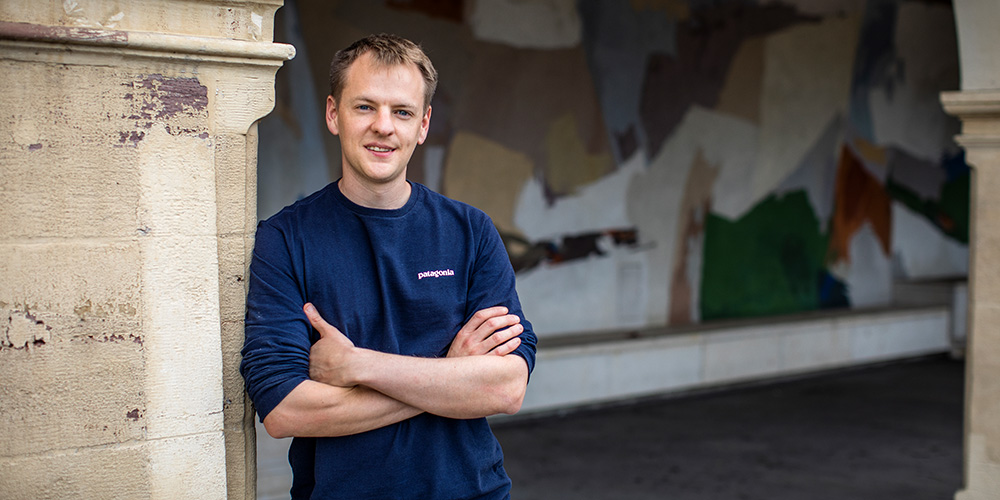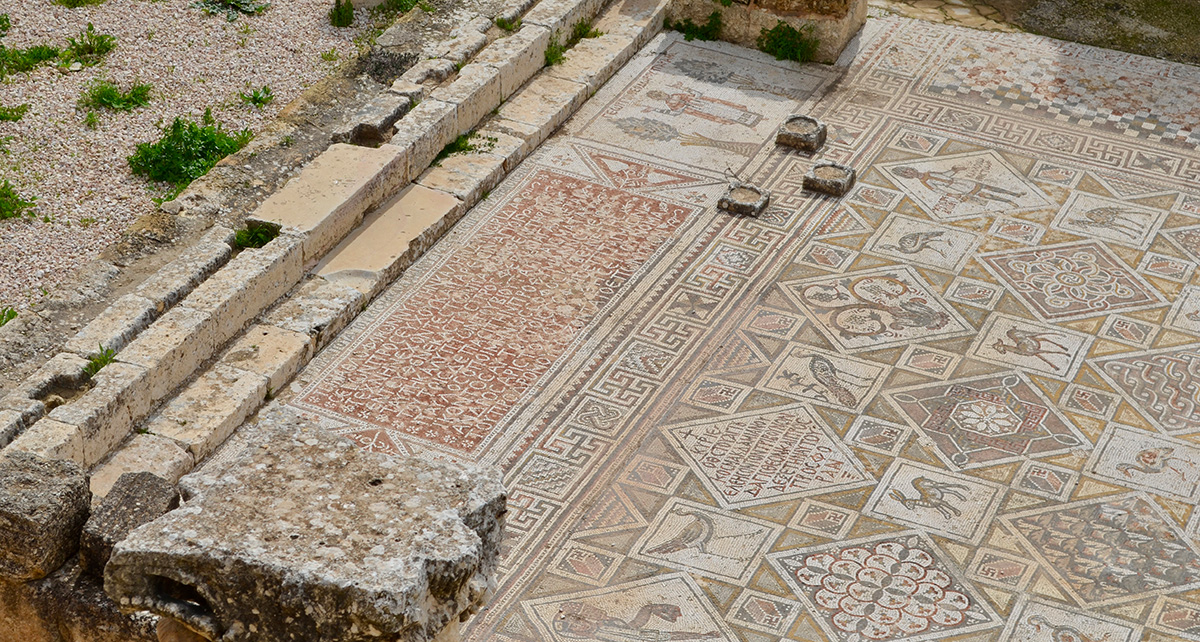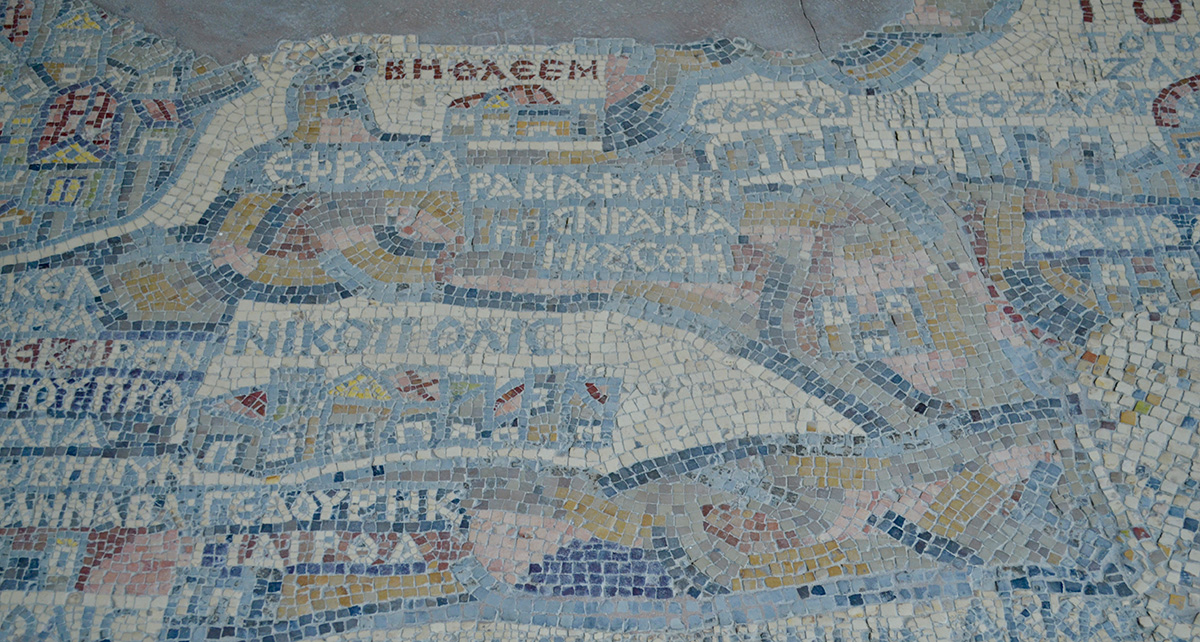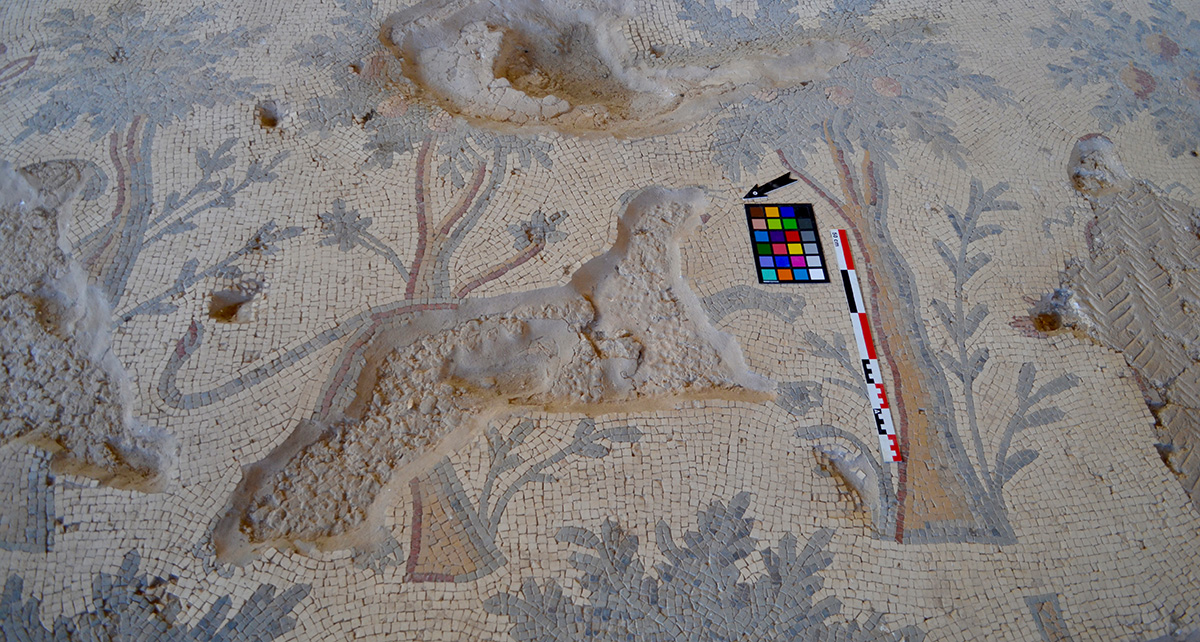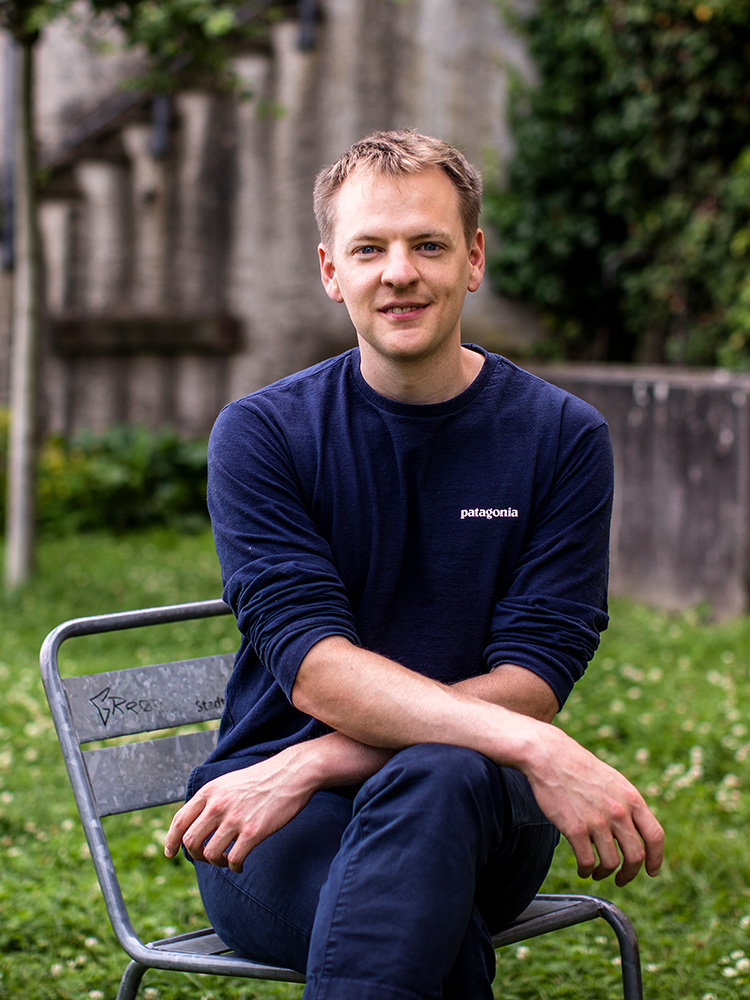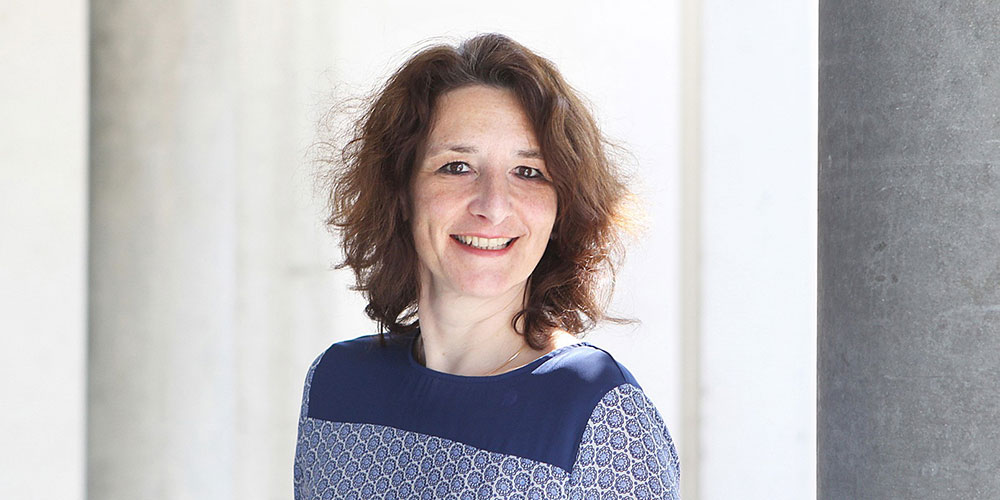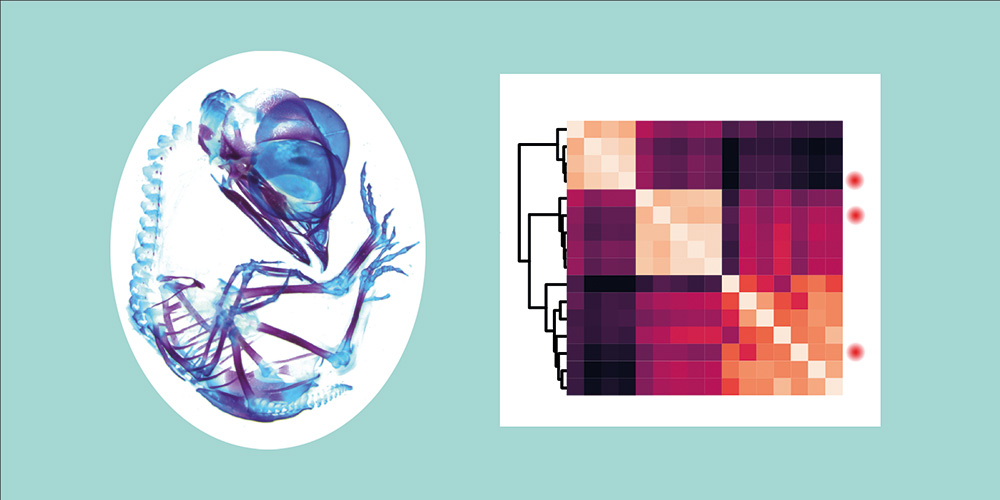In focus: Simon Tobias Bühler examines past societies in the Levant through mosaics
Texts give insights into other worlds and eras past. But Simon Tobias Bühler prefers to focus on imagery, researching at the interface between archaeology and art history. He has been excited about ancient cultures since childhood.
08 August 2024 | Noëmi Kern
On Instagram, TikTok and other social networks, we encounter a veritable flood of images every day. And we even have to ask ourselves whether what we’re looking at is actually real – especially with the rise of artificial intelligence. “Images influence how we perceive the world. That’s why I think it’s very important to consider the intention behind an image. However, we often forget to analyze images carefully in our day-to-day life,” says Simon Tobias Bühler.
He is a doctoral student in the eikones graduate program at the Center for the Theory and History of the Image. He received a bachelor’s in classical archaeology and art history at the University of Basel, and a master’s in classical art and archaeology at the University of Cambridge. “In German-speaking countries, the research disciplines of art history and archaeology are often approached discretely. Many contexts and objects dating from antiquity and the first centuries AD are assigned to the field of archaeology. In the Anglosphere, the boundaries are more fluid. Art history and archaeology go hand in hand, which I very much welcome,” explains Bühler.
In his doctoral dissertation, he is conducting research at the interface between archaeology and art history. He is particularly interested in mosaic images from the Eastern Levant – present-day Jordan and Syria – in late antiquity between the 3rd and 8th centuries AD.
Images as a form of communication
The Levant is shaped by various religious and cultural influences. Until the end of the 5th century, the region was defined by the eastern border of the Roman Empire. As the significance of the Roman Limes border declined, numerous fortifications were converted and splendidly decorated church buildings and other structures were erected.
The spread of Islam in the early 7th century added another rich cultural dimension to the Eastern Levant. “These developments gave rise to a multicultural society. This is reflected in the imagery; the image is a means of negotiating cultural relationships. The political and religious context significantly influenced this imagery, leading to the emergence of new pictorial forms,” says Bühler. For his dissertation, he aims to find out which themes helped shape the Levant between the 3rd and 8th centuries.
He is particularly interested in floor mosaics. They present religious, political and geographical dimensions and are part of a larger visual culture. There are biblical depictions, but also everyday scenes, flora and fauna along with numerous geographical and cartographic references. “The mosaics were an expression of the conception of the geographical and social space that prevailed at the time. Contemporaries who walked on them discovered the landscapes depicted, which gave them a sense of participation in these places,” says Bühler.
The mosaics also include script, such as place names or stories and narratives interwoven with the landscapes. Text and image complement each other. “Labeling the landscape is important. The images and landscapes depicted are inextricably interwoven with narratives. They show the significance of these stories and the role they may have played in the understanding of the landscape at the time,” says Bühler, adding: “Images are part of social communication. They are not only seen, they are also integrated into discourse, especially when we talk with and about images.”
Chocolate and army knives at the ready
The 27-year-old travels to the Levant frequently to observe archaeological finds. “The excavations and mosaics are very important to the locals and are well maintained and protected.”
The different cultural influences shape the people of the Levant to this day. They are aware of their history and want it to be recognized. “In general, people are very open and supportive, and I’m warmly received,” says the doctoral student. That’s partly down to him: “I have tea with the local people, play soccer with the children, have conversations and chat with them. I want to hear more about their ideas and their involvement and learn what the archaeological remains mean to them.” He speaks a bit of Arabic, enough for simple communication. “That opens doors for me.”
And he always packs plenty of gifts in his luggage: Swiss chocolate and army knives are always a hit. He also thinks in advance about whom he will be meeting and what these people might need. “Sometimes, I bring headlamps to children in the desert, they’re always happy to have them.”
Networking beyond your own horizon
Simon Tobias Bühler developed his affinity for the Arab world on family trips to North African countries and Iran. His fascination with antiquity and archaeology also dates from childhood.
He grew up in Gelterkinden in the canton of Basel-Landschaft and traveled throughout the region regularly with his parents and two older sisters. “When we were children, we would look for flint tips when the fields were freshly plowed. We rarely found anything, just a few small fragments.” At high school, he learned Latin and Ancient Greek and gained an insight into these cultures through surviving texts.
He has a strong connection to his native Basel region and knew he would return there after his year in Cambridge. “I have connections here. That’s important to me,” he says. For example, he is active in the Gelterkinden volunteer fire service. “It’s a completely different kind of work, which I also really enjoy; it offers me a sense of balance and means a lot to me.” This brings him into contact with people from different backgrounds. Because interacting with others is what motivates him – both in his research and beyond the university.
In Focus: the University of Basel summer series
The In Focus series showcases young researchers who are playing an important role in furthering the university’s international reputation. Over the coming weeks, we will profile academics from different fields – a small representative sample of the 3,000+ doctoral students and postdocs at the University of Basel.

